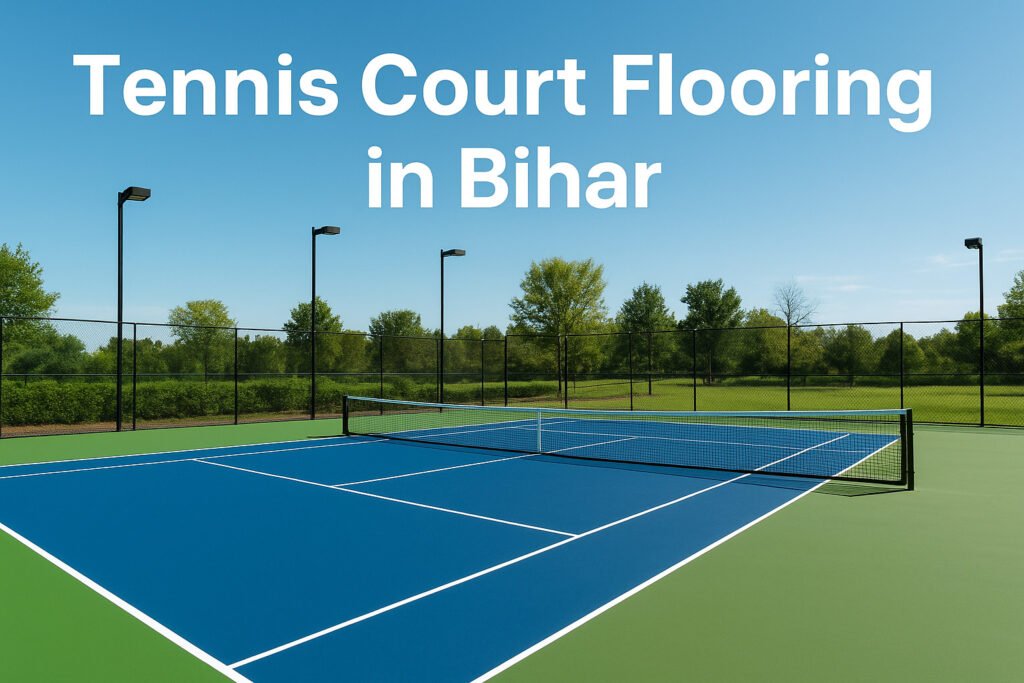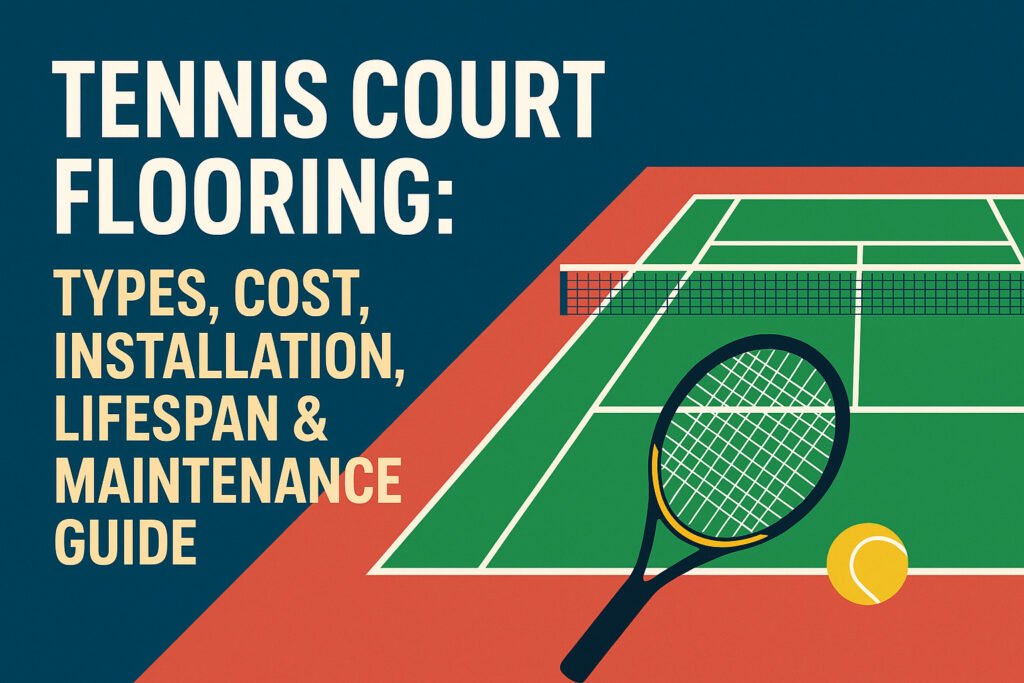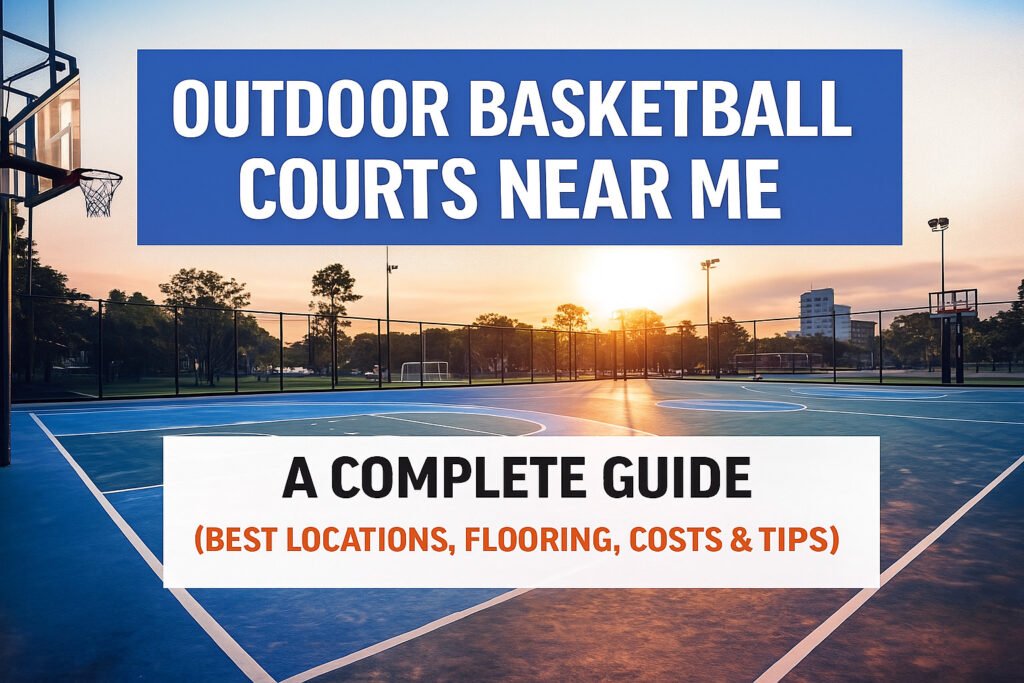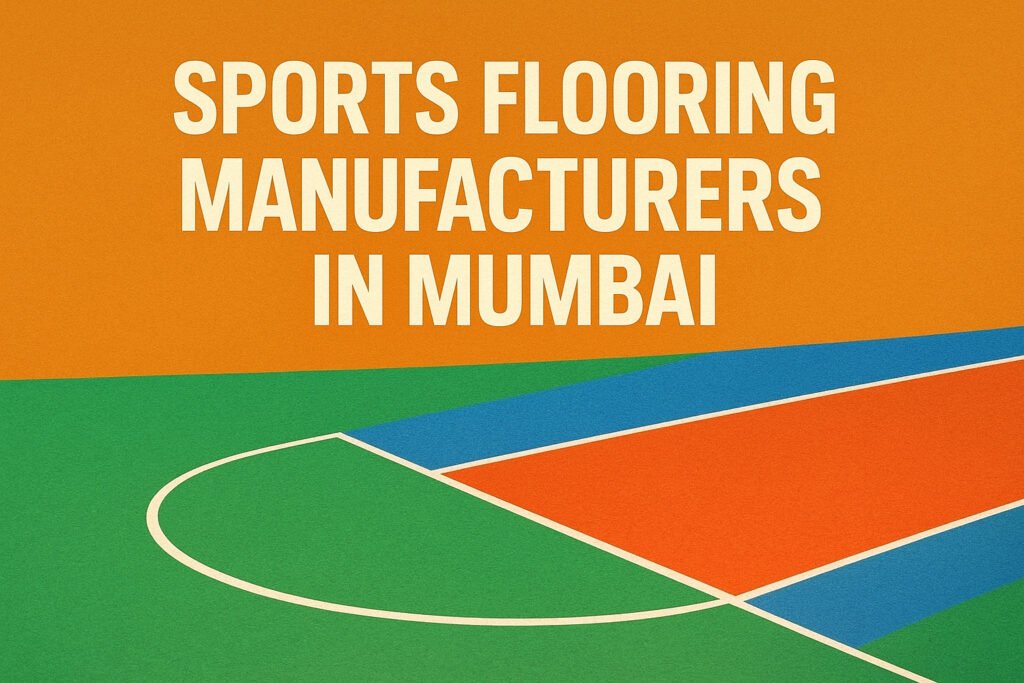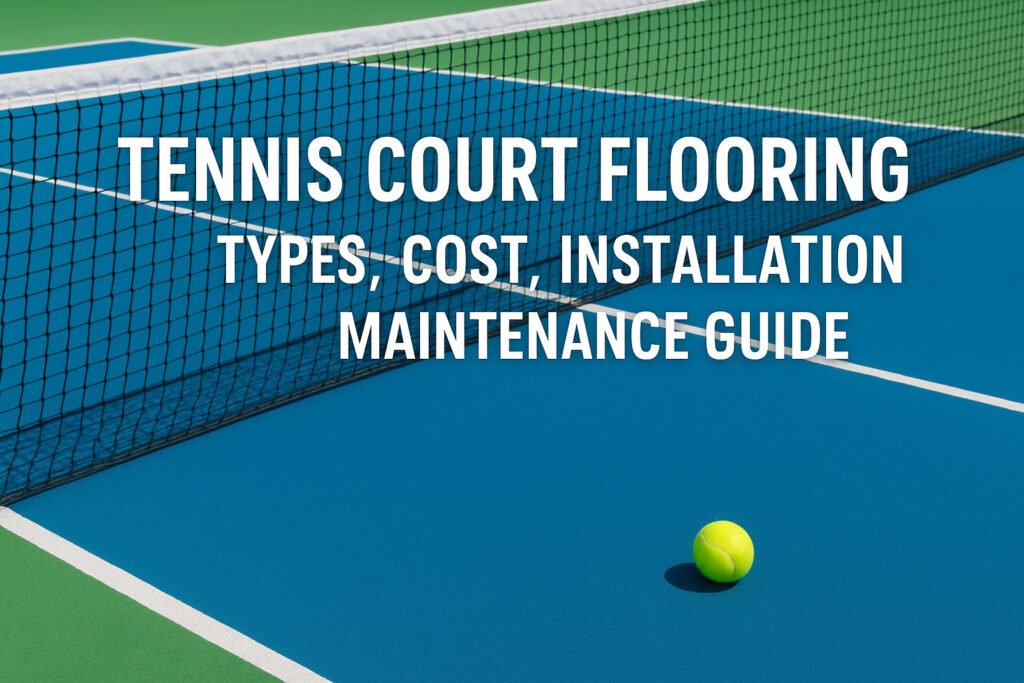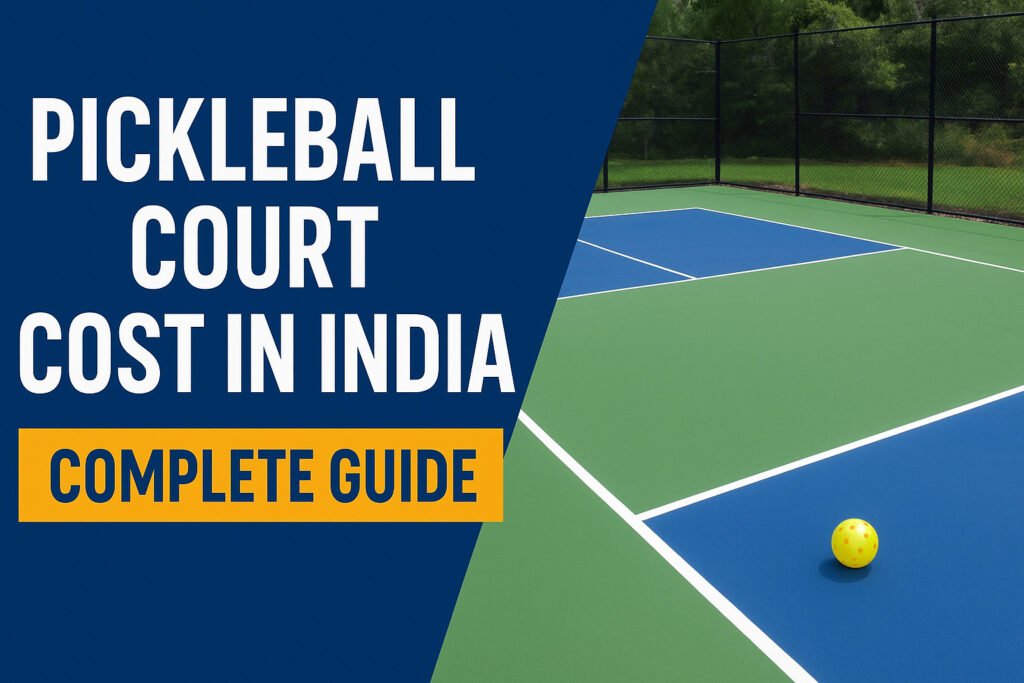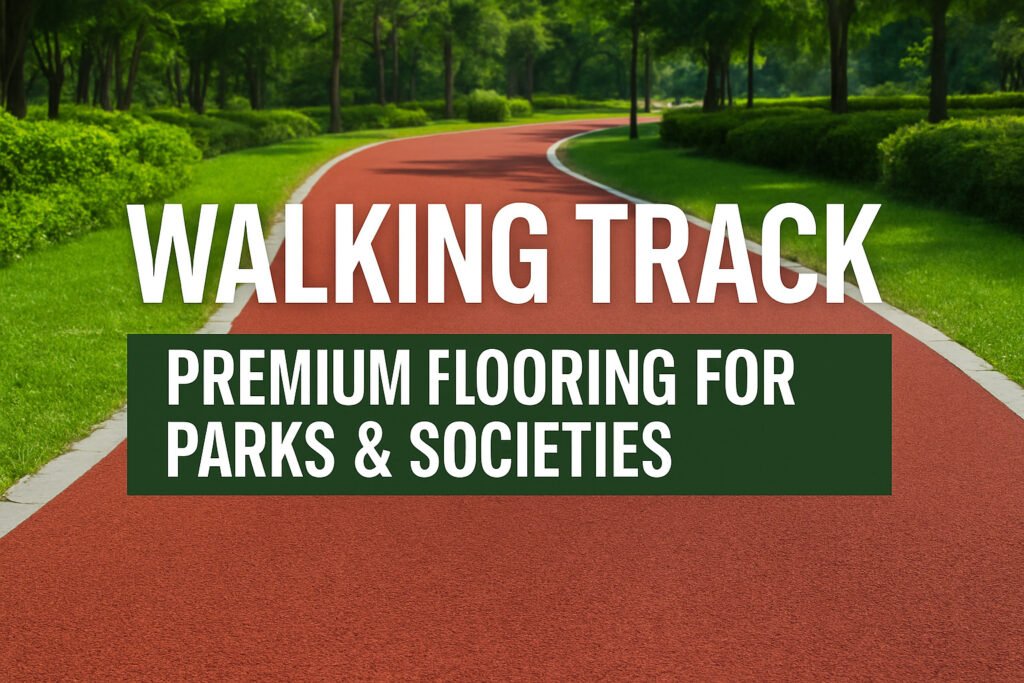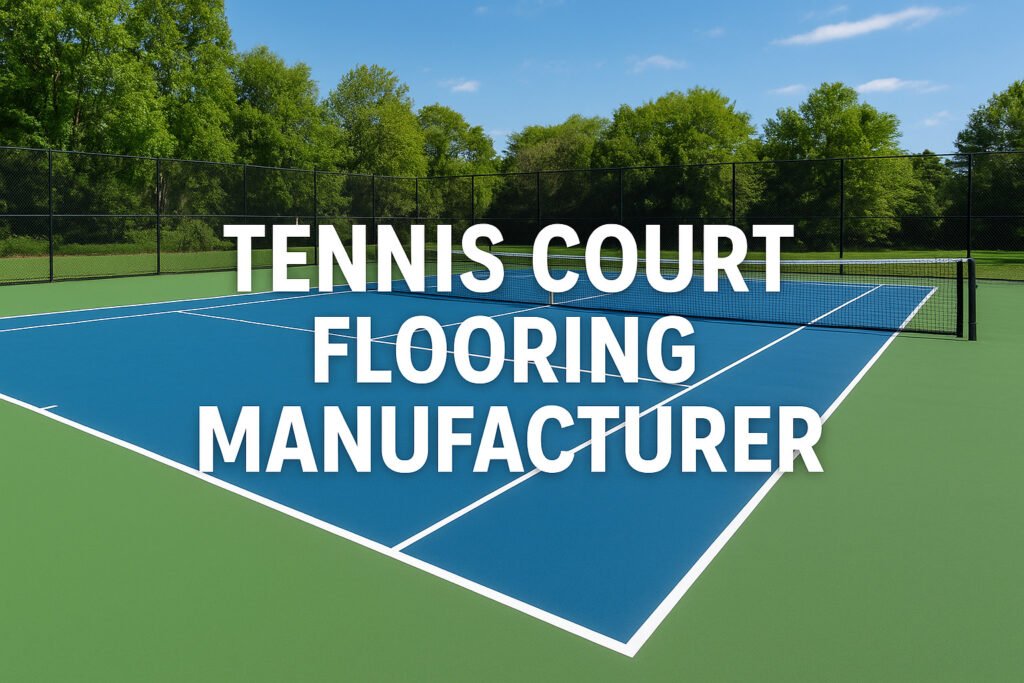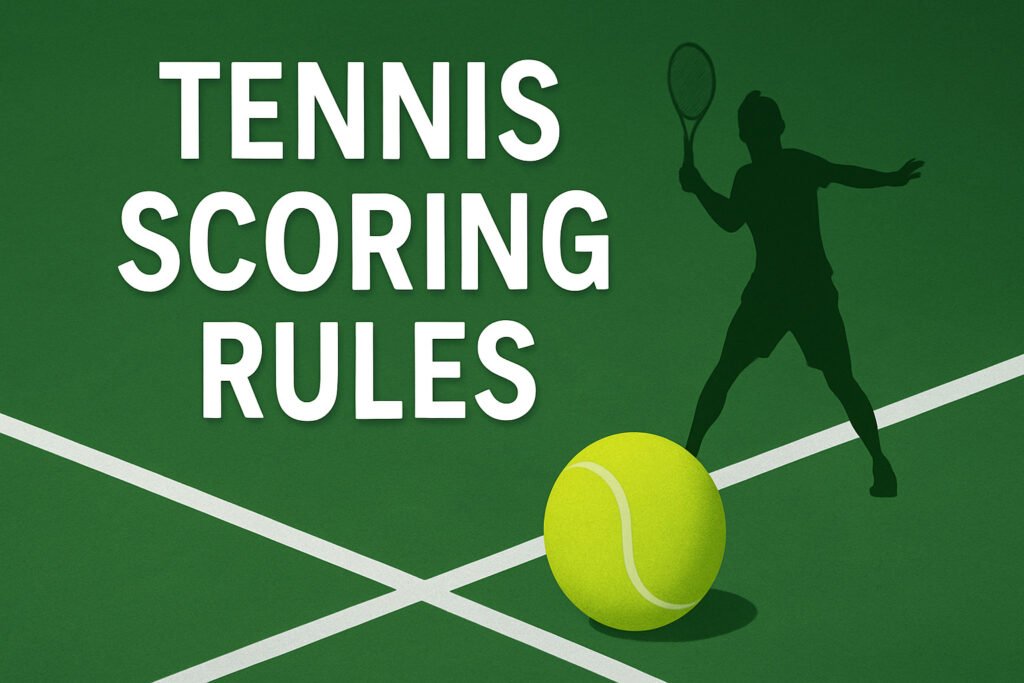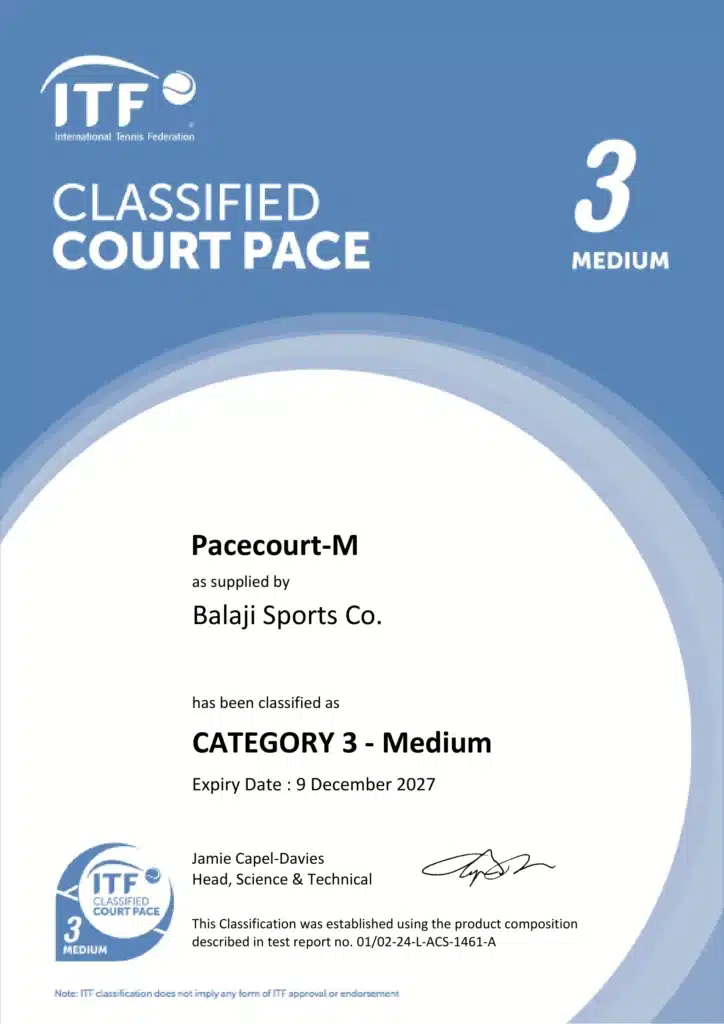Tennis Court Flooring in Bihar: Types, Cost, Construction, and Best Materials
Bihar is witnessing steady growth in sports infrastructure—schools, colleges, academies, real estate developers, and private clubs are increasingly investing in quality sports facilities. Among all sports, tennis has seen a remarkable rise, leading to a higher demand for durable and high-performance tennis court flooring. If you’re planning to build or renovate a tennis court in Bihar, this ultimate guide by Pacecourt will help you understand the best flooring materials, construction process, costs, maintenance, and expert recommendations. Why Tennis Court Flooring Quality Matters A tennis court is more than a playing surface—its quality directly impacts: Choosing the right flooring system ensures players experience comfort, safety, and consistent performance, especially in Bihar’s weather conditions (heat, humidity, and monsoon rains). Why Choose Pacecourt for Tennis Court Flooring in Bihar? Pacecourt is a leading tennis court flooring material manufacturer and installer in India with: Pacecourt flooring is engineered to withstand Bihar’s climatic conditions, ensuring zero slippage, perfect bounce, and long-term durability. Best Tennis Court Flooring Options in Bihar Below are the most recommended and widely used flooring systems for both professional and recreational tennis courts in Bihar. 1. Acrylic Hard Court Flooring (Most Popular in Bihar) Acrylic flooring is widely used due to its durability, affordability, and suitability for all levels of play. Benefits Ideal For Schools, colleges, sports academies, public parks, housing societies. 2. Synthetic Cushion Court Flooring (Premium Option by Pacecourt) This is a multi-layer cushioned system using Pacecourt’s high-quality synthetic materials. Benefits Ideal For Tennis academies, clubs, tournaments, luxury residential projects. 3. Artificial Grass (Turf) Tennis Court Artificial turf mimics the feel of natural grass but with lower maintenance. Benefits Ideal For Clubs, hotels, resorts, and recreational spaces. 4. Clay Tennis Courts Clay courts offer slower gameplay and are used by advanced learners. Benefits Ideal For Sports academies focusing on long rallies and performance training. Tennis Court Construction Process in Bihar (Step-by-Step) Pacecourt follows a certified construction method to ensure long-lasting performance: 1. Site Inspection & Planning 2. Base Preparation 3. Flooring Layers Installation Depending on your flooring type: 4. Accessories Installation 5. Final Quality Check Tennis Court Flooring Cost in Bihar The total cost depends on materials, layers, base preparation, and accessories. Estimated Price Range: Flooring Type Cost per Sq. Ft. Approx Court Cost Acrylic Hard Court ₹85–₹130 ₹3.5–₹5.5 lakh Synthetic Cushion Court ₹150–₹280 ₹6–₹12 lakh Artificial Grass Court ₹160–₹250 ₹7–₹10 lakh Clay Court ₹120–₹200 ₹4–₹9 lakh Factors That Affect Tennis Court Cost in Bihar Quality of flooring material Layer thickness Base construction requirement Court size Drainage design Lighting & fencing Brand (Pacecourt Premium Materials vs. local suppliers) Investing in high-quality material may cost slightly more but ensures a 10–15 year lifespan with minimal maintenance. Why Bihar Needs Weather-Resistant Tennis Court Flooring Bihar experiences diverse climatic conditions: Pacecourt materials are engineered for: ✔ UV resistance✔ Waterproofing✔ Anti-slip performance✔ Crack resistance✔ All-season durability This makes them ideal for long-term use in Bihar. Maintenance Guide for Tennis Courts in Bihar To maximize the lifespan of your court: Routine Maintenance Annual Maintenance Pacecourt offers AMC (Annual Maintenance Contracts) across Bihar for hassle-free upkeep. Top Locations in Bihar Where Tennis Courts Are in Demand Patna Gaya Muzaffarpur Bhagalpur Darbhanga Ara Nalanda Purnia Schools, colleges, academies, and real estate developers in these regions constantly choose Pacecourt due to its durability and service quality. Why Pacecourt Is the Best Choice for Tennis Court Flooring in Bihar Pacecourt provides: Whether it’s a new construction, renovation, or upgrade, Pacecourt ensures world-class tennis courts at the best price in Bihar. Conclusion Building a high-quality tennis court in Bihar requires the right flooring material, proper installation, and long-term durability. Pacecourt’s advanced synthetic and acrylic systems are engineered to withstand Bihar’s climate, offering superior bounce, grip, and longevity. If you’re planning a project for a school, academy, club, or residential township, Pacecourt is the trusted partner for designing and installing premium tennis courts.

